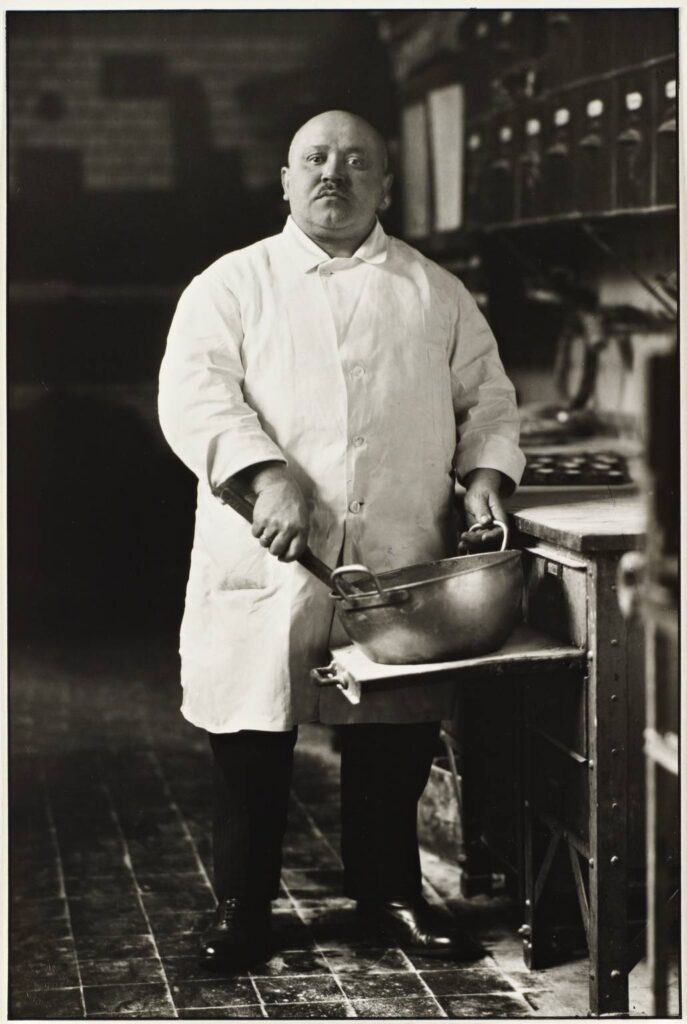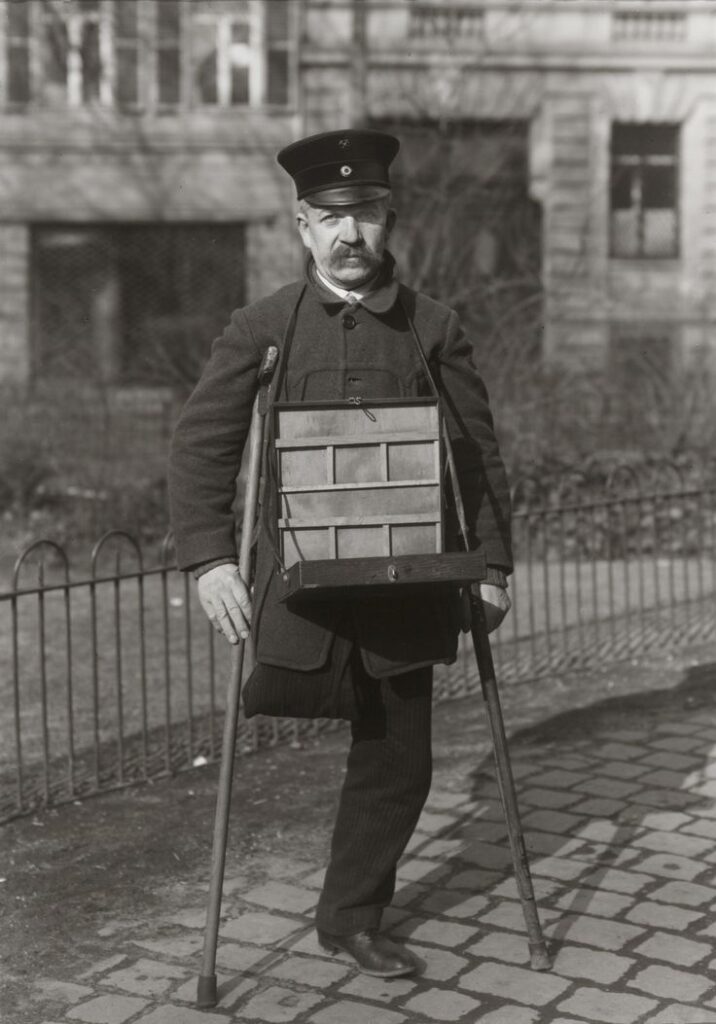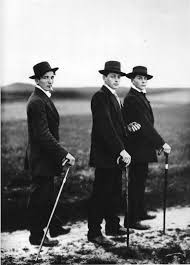August Sander was a German portrait and documentary photographer born on 17th of November 1876.

August Sander became invested in environmental portraiture during the 20th century. He lived in a large town in Germany and strived to complete a goal of taking images of every person who lived there. Although this is an almost impossible task due to the huge population, he managed to captured hundreds of people from different backgrounds, social status and occupations. This documented the German society’s ways of life in-between the two World Wars, revealing how each person had a different story to tell whilst living in a Nazi-powered country.
In a society where social status was crucial, he took images of upper class, middle and working class – this showed the relationship that each had with one another and the comparisons/differences they shared. He categorised each image in order of class and profession in typological studies. His work inspired many other photographers after him notably Bernd and Hills Becher.
Typology:
A Typology is:
a set of images made with a common subject or idea in mind, repeated through out the set.
August Sander had roots in this form in 1929 with his series of portraits ‘The Face of Our Time’. This was later continued by Bernd and Hills Becher who had been heavily influenced by Sander. They began documenting German industrial architecture in 1959. The couple described their subjects as ‘buildings where anonymity is accepted to be the style’.
Each image had been replicated as it was shot from the exact same angle and distance from the same building, documenting how the building would change over time going unnoticed. This not only makes the viewer become more considerate of their surroundings, but question the subject’s reasoning/place in the world.
August Sander’s work:
August Sander’s environmental portraiture was usually containing the subject’s full body and portrayed in black and white. The subject usually had a neutral expression in their workplace, people such as farmers, architects, nuns, gypsies and plenty more. This shown all sides of the German society where he lived.






Analysis of his work:
This image of a disabled miner caught my eye immediately. I feel that the solemn look the subject has on his face depicts how he must have a difficult life due to his injury which causes the viewer to feel sympathy. I feel that this image is extremely powerful because this image was taken in between the 2 World Wars which suggests that the injury is war-inflicted. The image has been put into grey-scale which may reflect on how it was an extremely difficult and gloomy life to lead/area to live in due to the war. Although he is sharply and cleanly dressed wearing what appears to be a thick winters coat and black tailored trousers, he appears to be of low status and be rather poor as this wouldn’t be a well paid job. He has to use crutches while continuing to struggle to do his job, with his equipment around his neck. There is full focus on the subject in the image as the background is softened due to a shallow depth of field telling us that a large aperture was used. You can see the nature in the background is wild in front of a quite industrial-looking building. All the stone around him is piled up with dirt, shoved into the cracks of each stone which makes the bricks on the ground look more 2D. You can see his shadow behind him in the natural light of the day. The subject is positioned centrally. This image contributes nicely to his aim of photographing as many people in his town in Germany that he could as this subject would represent the people who fought for others in the war, now having to struggle to get by, telling a story about his life that goes unnoticed.


I also liked this image as it has three subject’s instead of one making the image more full. This contrasts to the last image as they appear to have high wealth and status as in this time period, the richest would only be able to afford these items. I think this is a very important image because it shows the difference in presentation of classes during the World War period. It appears to be during winter as the ground looks as if there is snow on it as they walk through the countryside yet the subject’s are the main focus due to the short depth of field used. The black suits on, black top hats and canes make the image flatter and smoother as the black all blends into one, however the snow that the stand on is combined with the grass underneath, giving a rough and crunchy feel to the image. Their neutral and lifeless expressions go nicely with the black and white tone of the image as it gives the impression of power and high status which was rare to see in this period. Natural light has been used as this is in the countryside, using a large aperture has given a short depth of field as the main focus of the image is sharply on the subject’s with the background softened. This contributes to Sander’s aim because these people are quite clearly the upper class of society and are being put on display, in which the predominantly poor section of society will be able to look to and picture a life like that.

1. The quality of your analysis and interpretation of August Sander’s work is improving, but try and provide more contextual insights into her practice and methods. For example, when analysing key images make use of the image analysis sheet: Technical/ Visual/ Contextual/ Conceptual more explicitly. You should choose 2 things from each category and use that as a structure in your image analysis
https://www.photopedagogy.com/photo-literacy.html
2. Try and make your own set of environmental portraits in response to August Sander.